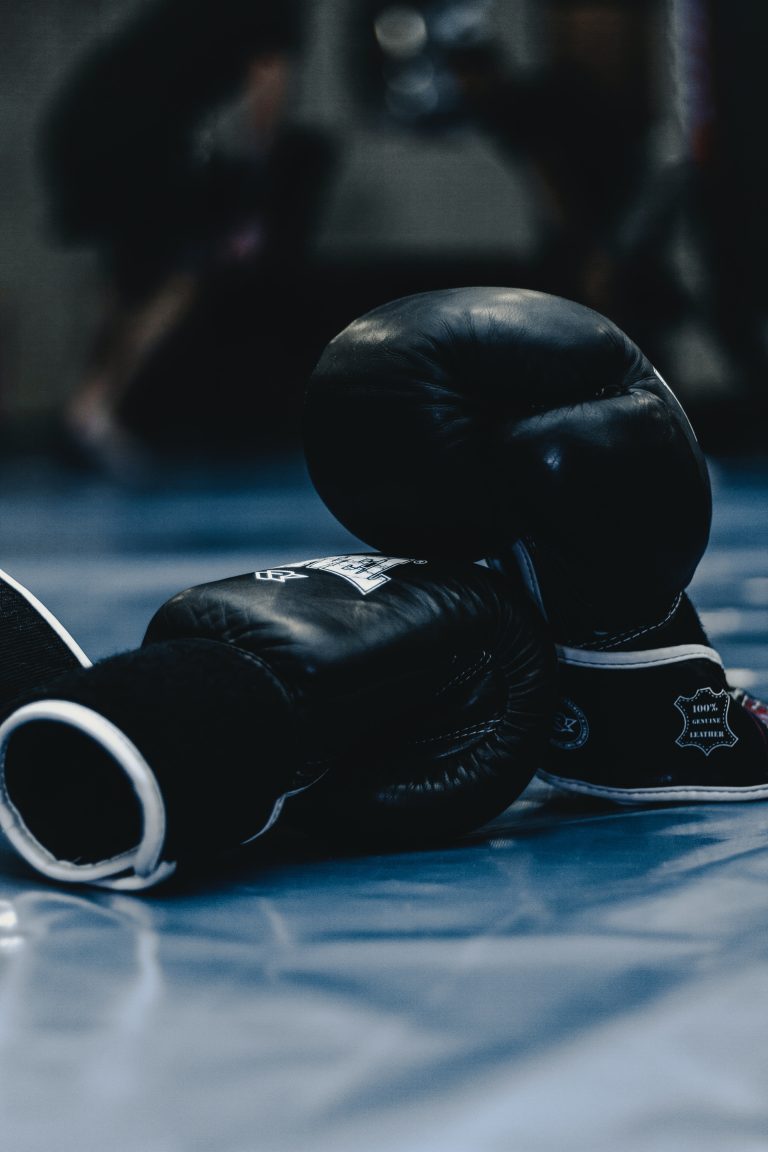How Karate Belts Rank
Karate is a popular martial arts form that requires years of training, practice, and dedication to master. As karate students progress in their training and become more skilled, they are rewarded with different colored belts. These belts signify a student’s progression and skill level in karate.
In this blog post, we will discuss how karate belts rank, what each belt color represents, and how long it takes to earn each belt.
What Are Karate Belts?
Karate belts are an important part of the karate journey. They signify a student’s level of skill and experience in the martial arts form. There are different colors of belts, each representing a different rank or level.
The belt colors in karate typically start with white and progress through yellow, orange, green, blue, brown, and black in that order. However, some karate schools may have variations in the colors and order of belts.
What Do the Different Belt Colors Represent?
White Belt: The white belt is the starting point for all karate students. It represents purity, innocence, and a lack of knowledge of the martial arts.
Yellow Belt: A yellow belt signifies that the student has started to gain knowledge and skill in karate. They have learned basic techniques and self-defense moves.
Orange Belt: The orange belt represents continued progress and development as the student starts to master more complex techniques and self-defense moves.
Green Belt: A green belt signifies that the student has achieved significant progress in their training, and they have started to develop a deeper understanding of karate.
Blue Belt: The blue belt signifies that the student has achieved a high level of proficiency in karate and is now starting to develop their own unique style.
Brown Belt: The brown belt represents an advanced level of skill and understanding of karate. At this point, the student has become a true expert in the martial art.
Black Belt: The black belt is the highest level that a karate student can achieve. It represents mastery of the martial art and a deep understanding of its principles.
How Long Does it Take to Earn a Karate Belt?
The time it takes to earn a karate belt varies depending on the student’s dedication, effort, and skill level. In general, it takes several years of training and practice to earn each belt.
For example, it typically takes about 1-2 years to earn a yellow belt, 2-3 years to earn an orange belt, and 3-4 years to earn a green belt. The higher-level belts, such as brown and black belts, can take several more years to earn.
It is important to note that belt progression is not just based on time. Students must also demonstrate their skills, knowledge, and dedication to the art to earn a higher belt level.
How Karate Belts Rank: Answering the Most Frequently Asked Questions
Karate is a martial art that is characterized by its various colored belts which represent the skills and experience levels of its practitioners. From white belts to black belts, new students often have many questions about the ranking system. To help answer those questions, we’ve compiled a list of the most frequently asked questions about how karate belts rank.
What is the meaning of the different colored belts in karate?
The different colored belts in karate represent the progress of a student in mastering the martial art. The initial white belt represents the beginning of the journey, while the black belt demonstrates a high degree of skill and mastery. In between, various colored belts represent different levels of proficiency in the sport.
How many belts are there in karate?
The number of belts in karate may vary from school to school, but typically there are seven to ten belts that signify a student’s progression. The number and colors of the belts used vary depending on the style of karate being practiced.
What is the order of the karate belts?
While the order of the colored belts may differ depending on the karate school and style, the most common order of karate belts is: white, yellow, orange, green, blue, purple, brown, and black. Some schools may add additional colors or break up the brown belt into two levels, but this is the most commonly used order.
How long does it take to advance in belt rank in karate?
The amount of time it takes to advance in belt rank in karate varies depending on the individual and the style of karate being practiced. Additionally, some schools may have different requirements based on age, experience, and attendance. Generally speaking, it can take anywhere from several months to several years to advance between belts.
What are the requirements for advancing in belt rank in karate?
The exact requirements for advancing in belt rank in karate can vary from school to school, but typically it involves mastering certain techniques and demonstrating proficiency in forms, sparring, and even weapons training. In some cases, students may also be required to complete a written or oral examination.
What is the highest belt rank in karate?
The highest belt rank in karate is the black belt. In many schools, there are ten degrees of black belt, each representing a higher level of mastery and understanding of the art of karate.
What is the significance of the black belt in karate?
The black belt in karate is not the end of the journey, but rather the beginning of a new phase of learning and development. It signifies a high level of skill and mastery, but also a commitment to continued improvement and growth in the martial art.
Can you skip belts in karate?
In some schools, it is possible to skip belts, but this is not common. Skipping belts may be allowed in rare cases for experienced martial artists who are new to a particular style of karate or for students who have surpassed the requirements for their current belt level.
Is it possible to earn a black belt in karate online?
While there are some online martial arts programs that offer black belt certification, most legitimate karate schools require in-person training and testing in order to earn a belt rank. Proper training and direct feedback from instructors is crucial in developing mastery of the techniques and skills necessary for advancement in belt rank in karate.
How to Understand Karate Belt Ranking System
If you are just stepping into the world of karate, the various colored belts may seem mysterious and confusing. In this guide, we will explain the karate belt ranking system, including each belt’s requirements and what you can expect to learn at each belt level.
What is the Karate Belt Ranking System?
The karate belt ranking system is used to recognize an individual’s progress and skill level in karate. The belt progression starts from white and ends with black. There are typically ten levels, or “kyu”, in the system, although some schools use more or fewer levels. Students begin with a white belt and progress towards a black belt, with each stage represented by a different colored belt.
Understanding Each Belt Level and Its Requirements
The following is a brief explanation of each belt level and its respective requirements:
White Belt
The white belt is typically the first stage of the karate journey. At this level, beginners are introduced to the basics of karate, including stances, punches, and kicks. Students also learn the etiquette and culture of karate. The primary focus is on correct form and technique.
Yellow Belt
After mastering the basics, students move onto the yellow belt. At this level, students begin to learn new techniques including foot sweeps and throws. They begin to understand the concept of applying these techniques in combinations.
Orange Belt
Students at the orange belt level continue to refine their basic techniques, and start to learn more advanced techniques like breakfalls and joint locks. Focus and discipline are also emphasized at this level, as students are expected to perform kata with greater speed and intensity.
Green Belt
Green belt is the stage where students begin to master their techniques. Complex techniques such as spinning kicks and jumping attacks are introduced. Students work on accuracy and power, as well as improving their kata performances.
Blue Belt
At the blue belt level, students are expected to display advanced techniques even under pressure. Speed, balance, and coordination are tested in kumite (sparring). Students start to study the relationship between kata and applications.
Purple Belt
Purple belt is where the real challenges begin. Students learn to perform kata and sparring against multiple attackers. Students start to learn the symbiotic relationship between defense and offense.
Brown Belt
Brown belt is the last level before black belt. At this level, students need to display exceptional technique and understanding of karate as a martial art. Students are expected to demonstrate knowledge of all aspects of karate.
Black Belt
Finally, the black belt is the ultimate goal in karate. To achieve this level, students have to show advanced ability not only in physical technique but also in mental and emotional aspects of martial arts. Students at this level understand that the martial art journey never ends.
Conclusion
The karate belt ranking system may seem daunting at first, but it is a vital aspect of the martial arts experience. By understanding the requirements and nuances of each belt level, students can set a clear path for their martial arts journey. The karate belt ranking system is both a recognition of a student’s progress and a reminder of how much they have yet to learn.
Inhaltsverzeichnis






